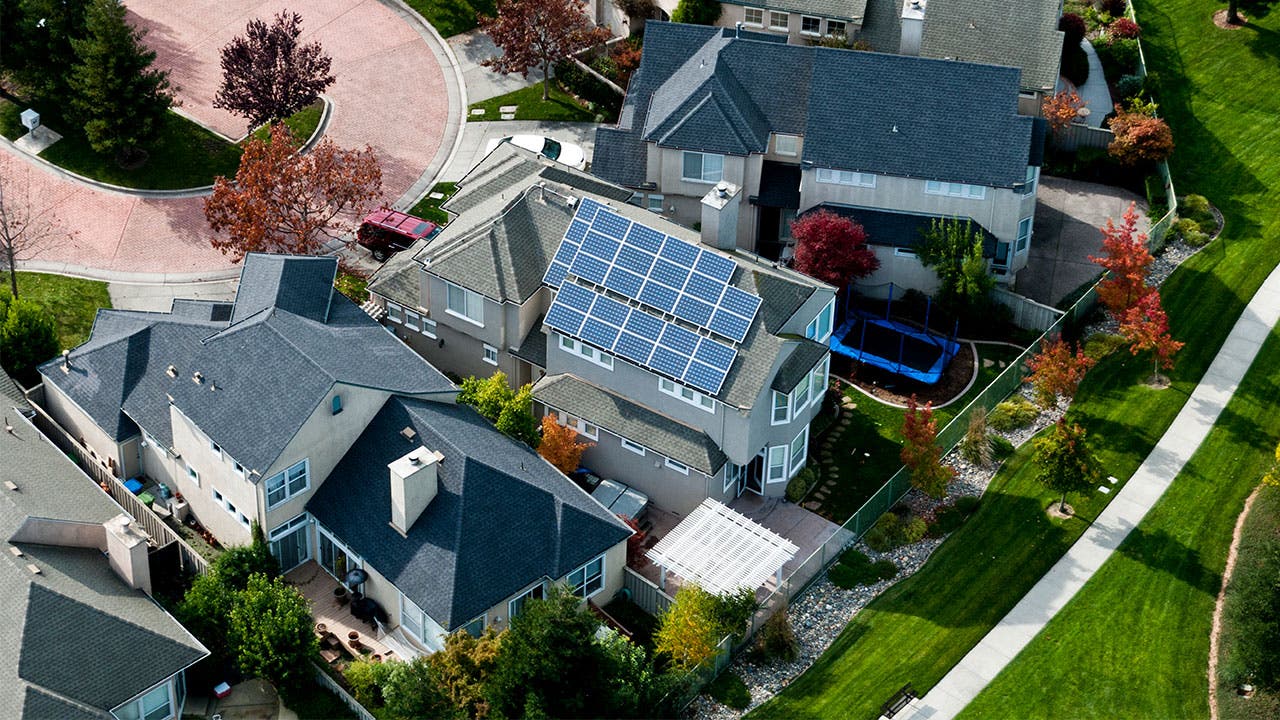
The day has come: It’s time to buy a home.
But, the average home costs more than $260,000, and since you likely don’t have that kind of cash sitting in a savings account, you’ll need to borrow most of that amount from a lender and spend a decent portion of the rest of your life paying it back, plus interest.
Your mortgage interest rate, then, is a big deal. Lower your rate by a percentage point or two, and you’ll save hundreds of thousands over the course of the loan.
Here’s how to get the best mortgage rate
Get the best rate
1. Improve your credit score. A higher credit score shows banks that you’re less of a risk to default on your loan, which means you’ll pay less to borrow money. How much less? Borrowers with the highest credit range, from 760 to 850, looking for a 30-year fixed mortgage would pay $164,000 in total interest, according to myFICO.com, or about $33,000 less than someone with a mediocre score of 660 to 679.If you need to improve your score, make sure you’re spending no more than 20 to 30 percent of your available credit limit, not carrying credit card debt and paying all your bills on time. Also, get your free credit reports from AnnualCreditReport.com or myBankrate, and look for any mistakes.
2. Have a record of employment. Banks also think you’re less of a risk if you can show at least two years of steady employment and earnings, especially from the same employer. They’ll want to see pay stubs and W-2s. Those who are self-employed, or wrapped up in the gig economy, will have a more difficult time.
3. Cough up some cash. You’ll generally score a lower mortgage rate if you put more money down, with 20 percent being the gold standard. Lenders, of course, accept a lot less than that, but you’ll often have to pay private mortgage insurance, which can range from 0.5 to 2.25 percent of the original loan amount per year. You’ll also want to have two to three months’ worth of cash reserves in a savings account.
Check out other rate options
America’s love of the 30-year fixed-rate mortgage is rare among developed nations, and it may not be the best loan for you.4. Go short. An adjustable-rate mortgage with a five- to seven-year low-interest introductory period may make sense for you – but only if you’re looking to sell the house and trade up quickly (in less than five to seven years). The average mortgage rate for a 5/1 ARM is 4.05 percent as of March 21, compared with 4.58 percent for a 30-year fixed.
5. Go medium. If you’ve found your dream home, or just can’t bear the thought of moving again, consider a 15-year fixed-rate mortgage. The national average is 4 percent. On a $260,000 loan, your monthly payments will be considerably higher ($1,923 vs. $1,241 for a 30-year fixed), but you’ll save more than $100,000 in interest.
6. Shop around. When searching for the best rate, even for refinancing, you want to play the field. That means not settling with the financial institution where you normally bank. Research online.
Be ready
7. Move quick. While the yield on 10-year Treasuries, which mortgage rates are pegged to, remains low, the Federal Reserve’s decision to unwind its trillion-dollar balance sheet might raise longer-term rates over the next year or two. Home prices are rising quickly, thanks to a tight housing market, so you’ll have to act fast.8. Lock in. After you sign the purchase agreement and have secured your mortgage loan, ask your lender how long it usually takes to process the loan and see if they will lock in your rate. This sometimes comes with a fee, especially if longer than two months, but it might pay for itself if you think rates may rise.
Wondering if rates will go up, down or remain unchanged this week? See what Bankrate’s panel of mortgage experts predicts.
.
No comments:
Post a Comment